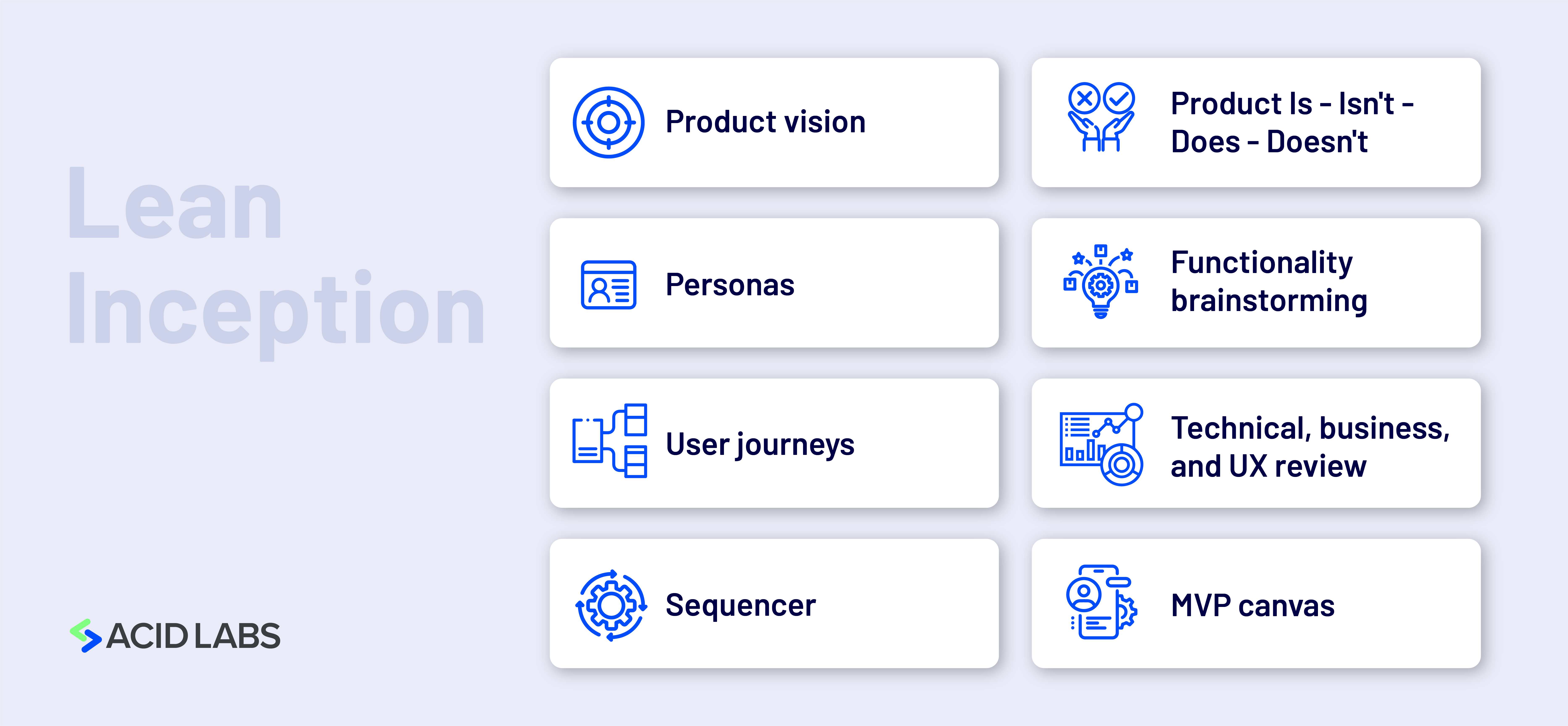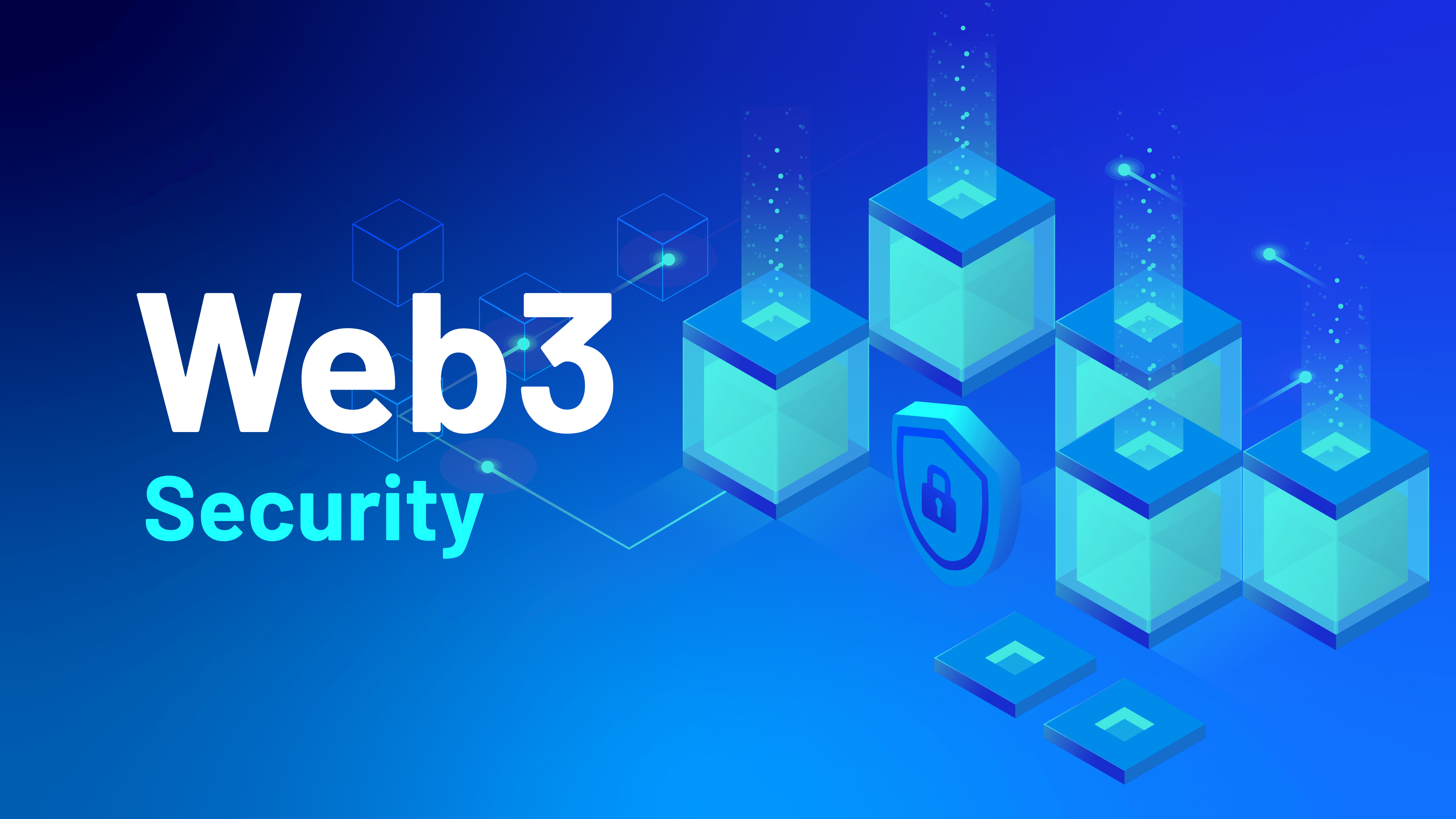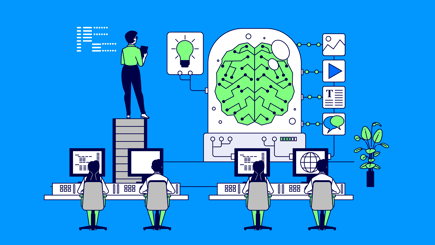
Create Your Digital Product: A Flexible Approach in 4 Steps
Creating breakthrough digital products goes beyond having a brilliant idea. Sure, a novel concept can spark excitement, but even the most innovative idea can fail without a deep understanding of user needs. The key is to adopt a customer-centric approach.
Using a framework such as Design Thinking, which places the user at the center of the product development process, ensures that each stage is aligned with customers’ real desires and problems. By prioritizing empathy, it guarantees the product works perfectly and reaches the target audience.
In this blog post, we’ll explore the entire Design Thinking process for creating innovative digital products and how to do it with Acid Labs, from the end-to-end construction based on Design Thinking, through the exploration stages with Lean Inception and materialization with Design Sprint, to implementing Agile Cells to develop the defined Minimum Viable Product (MVP).
What is Design Thinking?
Design Thinking is a user-centered approach to problem-solving. Its primary goal is to create value by putting people at the center of the design process to ensure that solutions are desirable, feasible, and viable. It emphasizes a deep understanding of users, fostering empathy through actively exploring their needs, wants, and challenges.
Design Thinking vs. Product Thinking: What is the difference?
While Design Thinking focuses primarily on solving problems from the user's perspective, Product Thinking takes a broader approach that encompasses not only the creation of user-centric solutions but also the strategic vision of the product. Product Thinking considers the entire product lifecycle, from ideation to launch and beyond, integrating business, technology, and market considerations.
In essence, Design Thinking is a critical tool within the Product Thinking framework, helping to ensure the product is innovative and relevant to users and creates sustainable and competitive value in the marketplace.
Four steps to create your digital product
The foundation of a successful digital product is a deep understanding of the user. There are several frameworks based on Design Thinking that can guide you through the development process, from ideation to implementation.
Step 1: Initiate
The first phase of the digital product development process focuses on understanding the users and the context in which they interact with the product. During this phase, you should define the following:
● The initial need: You should identify the requirements, vision, goals, needs, and scope of the project, based on the overall business strategy.
● Key users and their typical work: You should define the key users and their primary responsibilities, which will serve as the basis for understanding their needs and challenges.
Adopting a customer-centric approach allows identifying and prioritizing the most crucial ideas, features, and problems. With so much information available, you must focus on the issues and needs that offer the greatest opportunity to create value.
Implementing a methodology like Design Thinking ensures that decisions are based on data and facts, avoids opinion-based discussions, and enables sustainable and valuable results. By identifying relevant customer needs, this approach makes it easier to solve the right problems, improve the user experience, and avoid building unnecessary features. This in turn reduces costs and increases customer satisfaction.
Step 2: Understanding
The next step is understanding, prioritizing, and describing the most relevant user needs. This research phase is essential to ensure that the solutions developed address the most critical problems and add significant value.
At this stage, there is a key approach to conducting understanding and exploration called Lean Inception. This method, developed by author Paulo Caroli, is a collaborative workshop that provides:
● Strategic alignment: Ensures that all participants share a common understanding of the project's objectives and are aligned with the vision and goals.
● Early identification of challenges: Allows potential obstacles to be identified and addressed at the outset, reducing risk and improving the quality of the final product.
● Rapid delivery and continuous value: Establishing an MVP at inception ensures rapid delivery of key functionality and provides continuous value to users.
Lean Inception process at Acid Labs
At Acid Labs, we excel at flexibility and adapting to each client's unique needs. Our user-centric approach and experience make us an ideal strategic partner for digital transformation projects.
The Lean Inception process at Acid Labs consists of the following phases:
1. Pre-alignment session: Includes mentoring sessions and contextual information gathering.
2. Lean Inception facilitation: This is a one-week workshop to discover the MVP. Key activities in this workshop include:
● Product vision: Defines the business essence and the value of the product.
● Product Is - Isn't - Does - Doesn't: Classifies positive and negative characteristics of the product.
● Personas: Represents users and their needs.
● Functionality brainstorming: Describes user actions and interactions with the product.
● Technical, business, and UX reviews: Evaluate each feature in terms of effort, UX, and business value.
● User journeys: Describe the sequence of user steps to achieve a goal.
● Sequencer: Defines the MVP and its iterations, organizing production in waves.
● MVP canvas: Details the MVP and its characteristics from a Design Thinking and Lean Startup perspective.

3. Final report: Summarizes the results of all activities and provides recommendations and best practices based on the expert judgment and listening of the Acid Labs team.
Step 3: Exploration
In the exploration phase, the product concept is further explored and refined to find a balance between what brings value to the user and what is technically feasible.
In this phase, the Design Sprint methodology is essential to validate a prototype with users. The goal of this approach is to develop a viable prototype that allows for learning without the need to build and launch the full product. This process provides valuable insights and allows adjustments to be made before final implementation, minimizing risk and ensuring that the proposed solution is effective.
The Design Sprint can be complemented by a Proof of Concept (PoC) to confirm the technical feasibility of the idea. This test focuses on evaluating the technical aspects of the product, ensuring its development is possible and meets the established requirements.
Design Sprint process at Acid Labs
At Acid Labs, we apply the Design Sprint in a four-day workshop focused on:
1. Understanding and defining: Identify critical challenges and user needs.
2. Divide and conquer: Generate and select the best ideas for prototyping.
3. Prototype: Create a design prototype with guidance from the UX designer.
4. Validate and learn: Review the prototype, gather feedback, and iterate quickly.
Step 4: Materialization
The materialization phase involves building the defined MVP and/or prototyping using Agile Cells to ensure efficient and high-quality development.
Agile Cells are small, cross-functional, self-organizing teams that work together to achieve specific goals. These cells consist of no more than 10 people, each with clearly defined roles that complement each other.
At this stage, the critical steps are:
1. Develop: Initiate the construction of the MVP with speed and precision.
2. Iterate: Continuously improve through rapid feedback and adjustment cycles.
3. Implement: Effectively integrate solutions into the customer's operational environment.
4. Test: Validate the product to ensure it meets user requirements and expectations.
Various Agile methodologies can be used to achieve materialization, depending on the needs of the project:
● Scrum: Ideal for projects with rapidly changing requirements. It organizes work into 1-4 week sprints with reviews and retrospectives for continuous improvement.
● Kanban: Perfect for constant workflows and projects that require continuous progress visualization. It uses visual dashboards to manage tasks and improve efficiency.
● Scrumban: Combines elements of Scrum and Kanban to provide flexibility and structure. It’s useful for teams that need the planning and review of Scrum, but also the fluidity and visualization of Kanban.
Agile Cells at Acid Labs
At Acid Labs, we work in an agile and flexible manner, adapting our technologies and methodologies to each client's specific needs. Our approach allows for:
● Flexibility and adaptability: We adapt to the specific requirements of each project, adjusting technology and processes as needed.
● Interdisciplinary collaboration: Professionals from different disciplines contribute their knowledge to generate innovative and effective solutions.
● Commitment to quality: Each Agile Cell is dedicated to delivering quality results, guaranteeing a final product that meets the most demanding standards.
● Resource optimization: By working in Agile Cells, we optimize the use of resources and reduce costs, avoiding unnecessary efforts and maximizing the value delivered to the client.
Break the Project Management Triangle to ensure the success of your digital product
The Project Management Triangle, a.k.a. the triple constraint or iron triangle, is a fundamental concept in project management that describes the interdependence of three key elements: scope, time, and cost.
1. Scope: It refers to all the work that must be completed for the project to be considered successful. This includes project features, functionality, and deliverables.
2. Time: This represents the time available to complete the project. It is typically measured in days, weeks, or months.
3. Cost: This is the money invested in developing the project. This includes team salaries, materials, and other resources required.
While the Project Management Triangle is important, it is associated with a cascading work methodology. In many cases, it is necessary to make one or more of these elements more flexible to respond to the needs of the product and, more fundamentally, the market.
Agile methodologies for building and developing digital products, such as those we use at Acid Labs, place a greater emphasis on flexibility and adapting to change. Instead of defining a fixed scope, time, and cost at the beginning of a project, they rely on short development and iteration cycles. This allows these elements to be adjusted as the project progresses, ensuring a product that adapts to the real needs of users.
Build your digital product with Acid Labs
Digital products are powerful tools for turning ideas into solutions that drive growth and success for your business.
At Acid Labs, we are experts in creating breakthrough digital products. We have a team of professionals with extensive experience in designing, developing, and launching effective digital products.
Our user-centered approach, combined with frameworks such as Design Thinking, Lean Inception, and Design Sprint, allows us to create products that work well and have a positive impact on the business.
Ready to create your next digital product? Contact us today to learn more about how we can help you achieve your goals!
Publication date: June 24, 2024.





